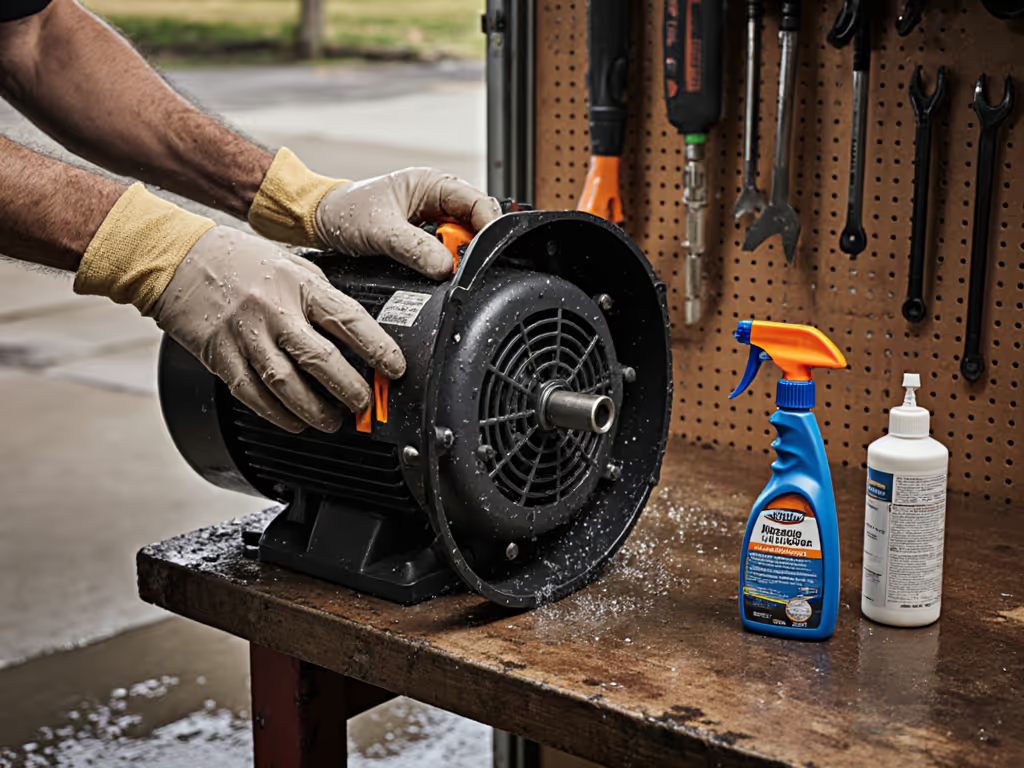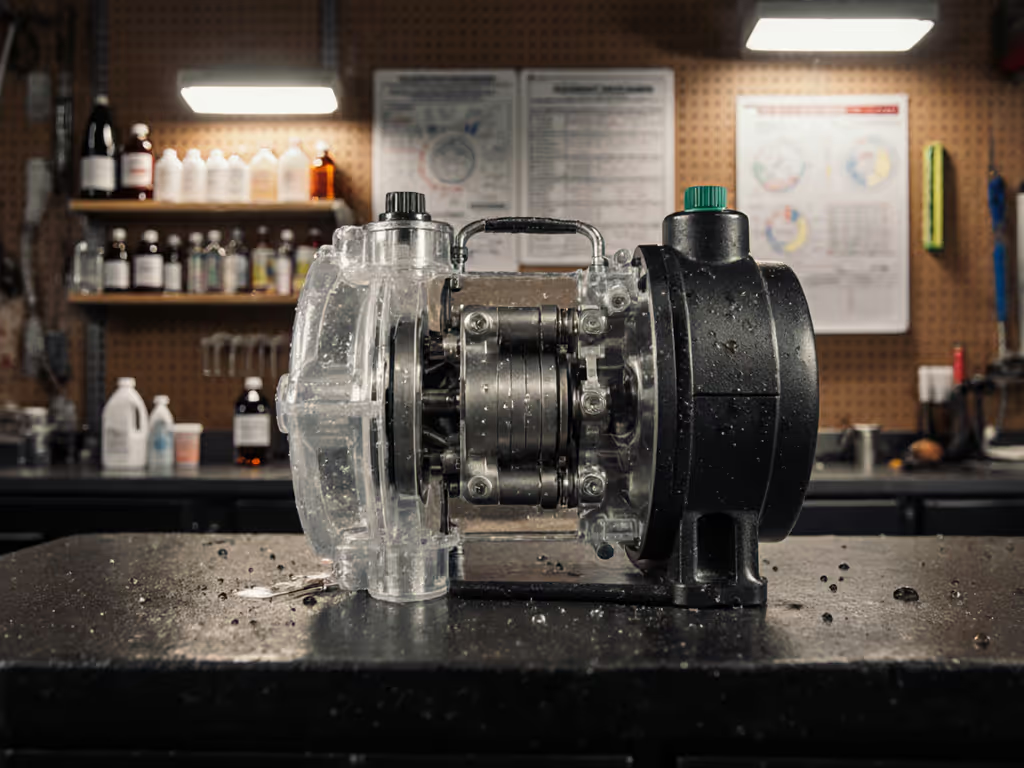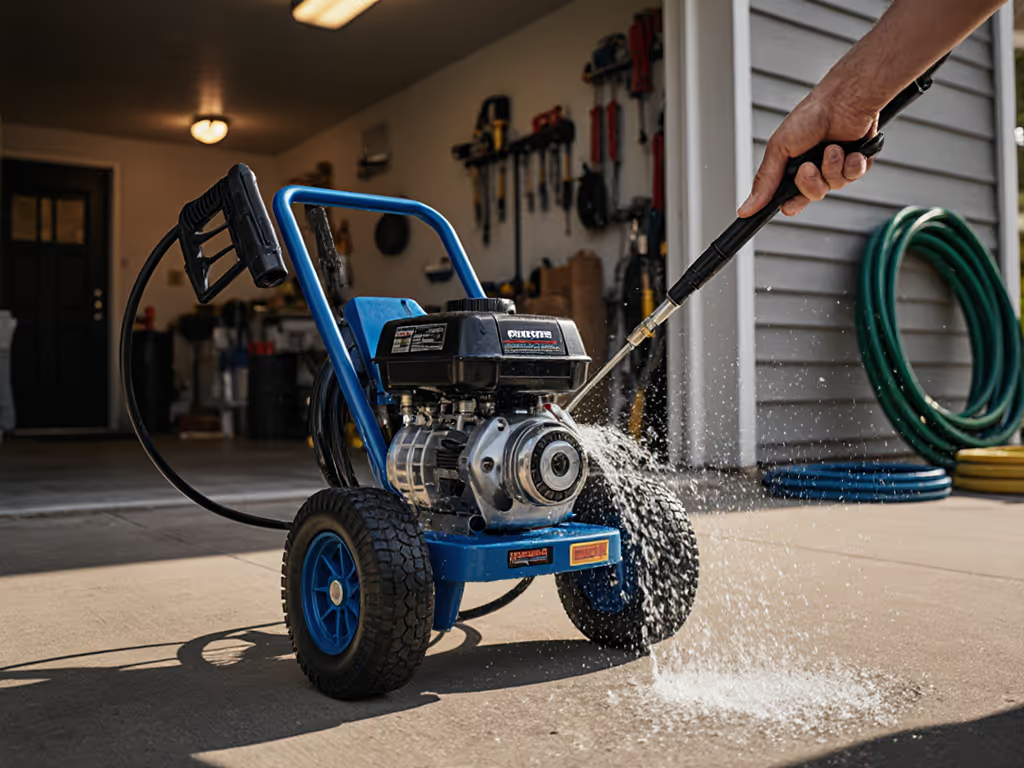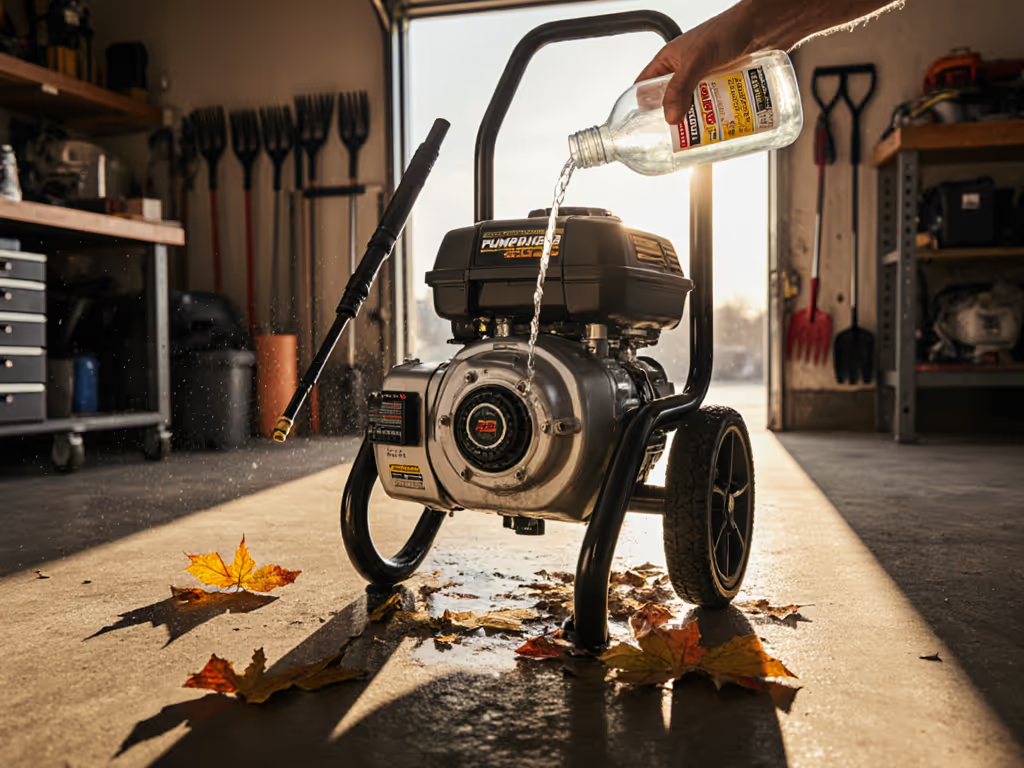
Pressure Washing in Extreme Conditions: High Altitude, Heat and Humidity Adaptation Guide

If you've ever tried pressure washer operation in extreme conditions at high elevation or in sweltering humidity, you know the frustration of inconsistent results. High altitude pressure washing requires special considerations most beginners don't anticipate. As someone who's turned countless complex setups into simple checklists for first-timers, I've learned that clarity and sequence prevent damage and deliver confidence, even when environmental factors work against you. When my neighbor's teen started pressure washing fences last summer, we didn't just hand him a machine. We created a step-by-step system that made success repeatable.
Why Standard Settings Fail at Altitude and in Extreme Heat
At higher elevations, air density decreases by approximately 1% for every 328 feet above sea level. By 3,000 feet, your equipment is operating in significantly "thinner" air than at sea level. This directly impacts both engine performance and pressure output. For gas-powered units, reduced oxygen availability means incomplete combustion and fuel inefficiency. You'll notice harder starts, rough idling, and potential overheating as the engine struggles to maintain power.
Heat and humidity bring their own challenges. High temperatures reduce the density of cooling air flowing over the engine, while humidity affects detergent activation and surface drying times. Many users report that their usual detergents don't perform as expected in humid conditions: chemical reactions slow down, dwell times need adjustment, and rinse patterns behave differently.
The most common mistake I see? Trying to push standard settings to compensate. This leads to equipment strain, inconsistent results, and surface damage. Review our pressure washer safety guidelines before attempting adjustments in extreme conditions. Remember the golden rule: If it isn't repeatable, it isn't teachable or safe.
The Extreme Conditions Adaptation Checklist
High Altitude Adjustments
Before firing up your pressure washer at elevation, follow this sequence:
- Check your equipment specifications: Many modern units handle up to 5,000 feet without modification. Verify your machine's altitude rating first.
- Perform a test patch at low pressure (50-60% of max) on an inconspicuous area
- Adjust fuel mixture if needed: For carbureted engines above 2,000 feet, a high-altitude kit leans out the fuel mixture for better combustion
- Increase pre-rinse time by 20-30% to compensate for reduced pressure output
- Modify your walk speed (slow down by approximately 15% for every 1,000 feet above sea level)
Start gentle, escalate slowly. This isn't just a technique, it is your insurance against costly mistakes.
Heat Performance Optimization
When temperatures climb above 85°F, implement these thermal management steps:
- Monitor pump temperature with a simple infrared thermometer (keep below 140°F)
- Increase cooling intervals: 5 minutes off for every 20 minutes of operation
- Use shorter spray bursts (15-20 seconds) to prevent heat buildup
- Check oil levels more frequently as heat accelerates oil breakdown
- Elevate the machine on a stand to improve airflow beneath the unit
Many commercial units like the SIMPSON Power Shot series incorporate aluminum, heat-dissipating tanks that dramatically improve cooling efficiency during bypass operation (a critical feature for thermal management in extreme conditions). This engineering detail effectively eliminates thermal shock to ceramic pump components when operating in sustained heat. For step-by-step pump care under heat stress, see our pump longevity guide.

SIMPSON PS4240 PowerShot Gas Pressure Washer
Humidity Effects Management
High humidity requires adjustments to your standard process:
- Extend detergent dwell time by 25-40% (moist air slows chemical reaction)
- Reduce chemical concentration slightly to prevent oversaturation (start with 10% less than normal)
- Adjust nozzle selection to wider angles (25°-40°) for better coverage that compensates for reduced evaporation
- Increase overlap between passes by 15-20% to account for slower drying
- Verify surface dryness before proceeding to next section, don't assume standard timing applies
I once helped a contractor in Florida struggling with streaking on vinyl siding during humid season. His fundamental error? Using the same dwell time as in drier months. Once we created a humidity-adjusted checklist with extended dwell times and slightly reduced chemical concentration, his results became consistently professional. If humidity is fueling mold or mildew growth, follow our mold removal techniques to prevent regrowth and protect surfaces.
Building Your Environmental Adaptation System
The key to mastering pressure washing in extreme conditions isn't memorizing fixed settings, it is developing a flexible adaptation system. Here's how to create yours:
Step 1: Document Your Baseline
Before heading to challenging environments, establish your standard settings for common surfaces at normal conditions. Note:
- PSI vs GPM at trigger pull
- Nozzle type and angle
- Detergent type and concentration
- Walk speed
- Pre-rinse time
- Rinse technique
Step 2: Create Altitude Adjustment Factors
For every 1,000 feet above sea level, adjust by:
- Pressure output: -3-5%
- Walk speed: -3-5%
- Fuel efficiency: -4-7%
- Pre-rinse effectiveness: -6-8%
Step 3: Develop Heat and Humidity Variables
For temperature above 85°F:
- Add 2 minutes to cooling intervals per 10°F increase
- Reduce continuous operation time by 15% per 10°F increase
For humidity above 70%:
- Add 15-20% to detergent dwell time
- Reduce chemical concentration by 5-10%
This systematic approach transforms environmental variables from problems into predictable factors you can plan for. Remember the teen with the fence? His simple checklist (patch test, 40° nozzle, two passes with overlap, rinse-to-sheen) became his recipe for success regardless of conditions. He finished without stripes, didn't etch a single knot, and could confidently explain his process to anyone.
Taking Action Today
Your next pressure washing job in challenging conditions doesn't have to be stressful. Before you begin:
- Conduct a test patch in an inconspicuous area using reduced pressure
- Document your baseline settings before making adjustments
- Follow the adaptation factors for your specific conditions
- Start gentle, escalate slowly until you achieve optimal results
If you're preparing for high-altitude work, contact your equipment manufacturer about altitude-specific kits or adjustments. Many reputable brands now design machines specifically rated for high altitude operation with all components working well within their recommended power curves.
Environmental adaptation isn't about complicated science: it's about systematic observation and incremental adjustment. By approaching extreme conditions with a repeatable process rather than guesswork, you'll transform anxiety into confidence. Your surfaces will thank you, your neighbors will appreciate the professional results, and you'll develop the expertise that sets you apart.
Remember: every challenging environment is just another opportunity to refine your process. Create your adaptation checklist today, and you'll never wonder "what went wrong" after a job again.
Related Articles




Pressure Washer Water Supply Issues Solved
Diagnose and fix the water supply - not just PSI - to stop surging, prevent surface damage, and protect your pump. Follow a quick flow test and setup checklist (filtration, hose size, leak checks, pressure staging) to clean safely and efficiently.

Winterize Pressure Washer: Safe Pump Preservation Guide
Protect pump internals and delicate finishes with a chemistry-first winterization process that uses pump saver, not automotive antifreeze, for reliable freeze and corrosion protection. Follow step-by-step procedures for gas and electric units, climate-specific ratios, and overlooked tips that prevent seal damage, oxidation streaks, and springtime tiger-striping.
